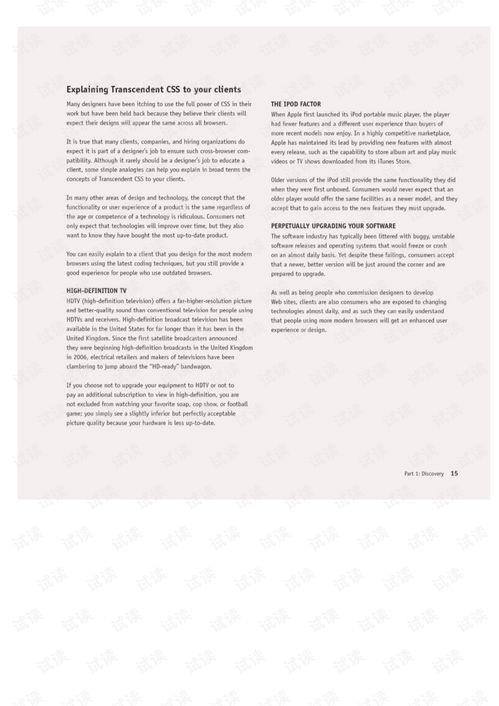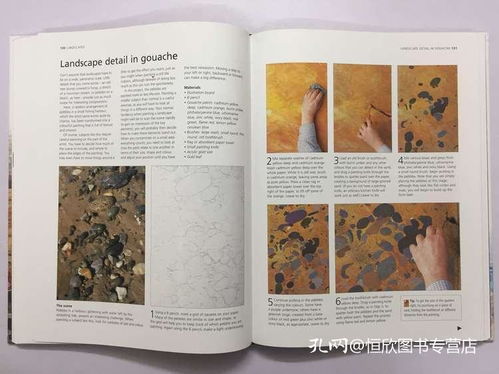
Introduction:
Fishing is an ancient pastime that requires not only patience but also a keen sense of skill and understanding of the tools used. One of the most fundamental tools in a fisherman's arsenal is the fishing hook. Crafting your own fishing hooks can be a rewarding and cost-effective endeavor. In this article, we will delve into the methods and techniques for making your own fishing hooks, providing you with the knowledge to create effective and durable lures.
Materials Needed:
Before we dive into the techniques, it's important to gather the necessary materials. Here's what you'll need:
- Wire: The type of wire you choose will depend on the size and type of fish you're targeting. Steel wire is a popular choice due to its strength and durability.
- Wire Cutters: A pair of sharp wire cutters is essential for cutting the wire to the desired length.
- Needle-Nose Pliers: These pliers are used for bending and shaping the wire into the hook shape.
- Round-Nose Pliers: These pliers are used to create the eye of the hook.
- File: A fine-grit file is used to smooth the edges of the wire and to create a sharp point.
- Optional:
- Sandpaper: For a smoother finish.
- Paint or Dip: To coat the hook for additional durability or to match specific colors.
Step-by-Step Guide to Making a Simple Fishing Hook:
Cutting the Wire:
- Begin by cutting a length of wire that is slightly longer than the desired size of the hook.
- Make sure the wire is straight and free of kinks.
Bending the Wire:
- Use the needle-nose pliers to gently bend the wire in the middle, creating a loop at one end.
- The loop should be large enough to fit the line through easily but not so large that it becomes unstable.
Creating the Hook Point:
- Using the needle-nose pliers, bend the wire at the other end to create a sharp point.
- The point should be as sharp as possible to ensure a good hook-set when a fish bites.
Forming the Bend:
- With the needle-nose pliers, bend the wire back towards the loop, creating a slight bend at the point where the wire is straight.
- This bend will form the hook's shank, which is the part that goes through the fish's mouth.
Creating the Eye:
- Use the round-nose pliers to bend the remaining straight section of wire into a small loop.
- The loop should be close to the point of the hook but not touching it.
- This loop will serve as the eye of the hook, through which the fishing line will pass.
Shaping the Hook:
- Using the needle-nose pliers, carefully shape the hook into the desired shape, ensuring that the point is sharp and the bend is smooth.
- You may need to adjust the shape of the hook several times to get it just right.
Smoothing the Edges:
- Use the file to smooth out any sharp edges or burrs on the hook.
- This step is crucial for the comfort of the fish if you're practicing catch-and-release, as well as for the longevity of the hook.
Optional Coating:
- If desired, apply a coat of paint or dip to the hook to protect it from rust and to make it more visible to fish.
- Allow the coating to dry completely before use.
Advanced Techniques and Tips:
- Wire Gauge: The thicker the wire, the stronger the hook will be. However, thicker wire can also be more visible to fish. Choose the gauge that best suits your needs.
- Hook Shapes: Different fish species may be more attracted to different hook shapes. Experiment with various shapes to see what works best for your target species.
- Rigging the Hook: How you rig the hook can also affect its effectiveness. Practice different rigging techniques to see which one is most successful for your fishing style.
- Maintenance: Regularly inspect your homemade hooks for signs of wear and tear. Replace them as necessary to ensure they are always in good condition.
Conclusion:
Making your own fishing hooks can be a fulfilling and economical way to enhance your fishing experience. By following these methods and techniques, you can create hooks that are tailored to your specific needs and preferences. Whether you're a seasoned angler or just starting out, the satisfaction of crafting your own tools is a rewarding addition to any fishing adventure. Happy fishing!












